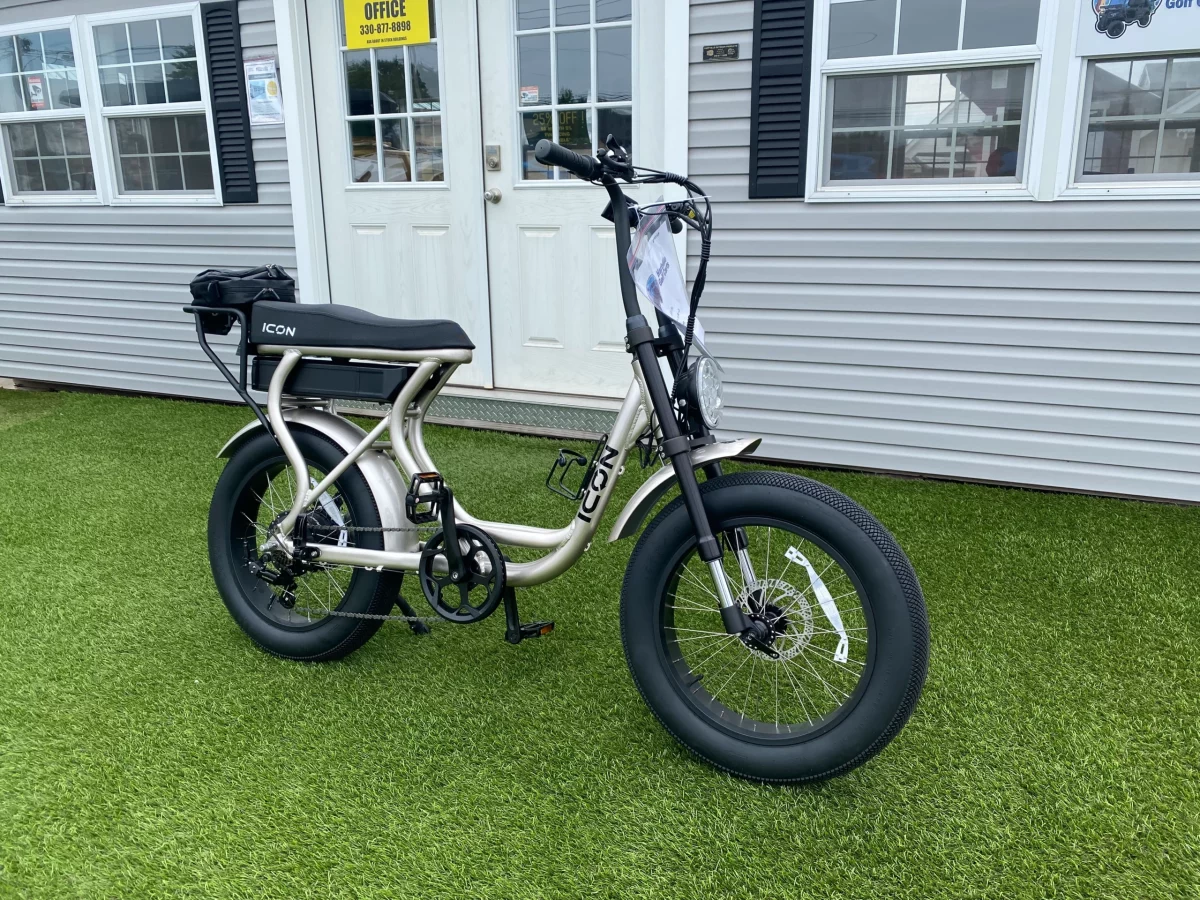Bicycles are woven into modern life. From daily commutes to recreational rides and fitness routines, they remain one of the most practical and beloved modes of transportation. But one question continues to spark curiosity: when were bikes invented? The history of the bicycle stretches back more than 200 years, evolving through trial, creativity, and innovation. By exploring the fascinating timeline of bicycles, we see how this simple machine shaped culture, industry, and even modern technology.

The Earliest Bicycle-Like Invention
The first ancestor of the bicycle appeared in 1817, when German inventor Karl Drais created the “Laufmaschine.” This device, also called the “Draisine” or “hobby horse,” had two wheels connected by a wooden frame. It lacked pedals, so riders pushed themselves forward with their feet. While it looked unusual, the invention was groundbreaking—it proved that people could balance on two wheels in motion. The design quickly spread across Europe, inspiring curiosity and enthusiasm.
Pedals Transform the Concept
During the 1860s, inventors in France made a key breakthrough. Pierre Michaux and Pierre Lallement attached rotating pedals to the front wheel of the Draisine. Their design, called the velocipede, gave riders continuous propulsion without kicking off the ground. The velocipede earned the nickname “boneshaker” because its wooden wheels and rigid frame produced a rough ride on uneven roads. Even with the discomfort, it became popular in Paris, where city dwellers embraced the novelty of cycling.
The Penny-Farthing Era
By the 1870s, bicycles entered a daring new stage with the penny-farthing. This design featured a massive front wheel and a small rear wheel. The oversized wheel allowed riders to travel farther with each pedal turn, giving them impressive speed for the time. However, the penny-farthing was risky. Riders perched high above the ground, and sudden stops often threw them headfirst. Despite the dangers, penny-farthings became a cultural symbol of adventure, youth, and social status. Their popularity fueled cycling clubs, races, and public spectacles.

The Arrival of the Safety Bicycle
The true breakthrough came in 1885 with John Kemp Starley’s invention of the safety bicycle. This machine looked much more like the bicycles we know today. It featured two wheels of equal size, a chain-driven rear wheel, and a lower seat height for stability. Suddenly, cycling became accessible to women, older adults, and anyone intimidated by the penny-farthing’s height. The addition of inflatable pneumatic tires by John Boyd Dunlop in 1888 made the ride smoother and more comfortable. Within a few short years, bicycles spread worldwide as practical, affordable transportation.
Bicycles as Agents of Social Change
Bicycles influenced far more than personal mobility. In the late 19th century, they became powerful symbols of independence and social progress. For women, bicycles offered freedom to travel without relying on carriages or escorts. Activists like Susan B. Anthony praised bicycles as tools of liberation, helping fuel the women’s rights movement. In cities, bicycles reshaped daily life by making commutes faster and more affordable. Military forces even experimented with bicycle troops, using them for scouting and messenger services during conflicts.

Bicycles in the 20th Century
As the 1900s arrived, bicycles cemented their place in everyday life. Factories produced them in large numbers, lowering costs and making them affordable for working families. In the United States, children and teens embraced cycling as a rite of passage. In Europe, workers and commuters relied on bicycles long before cars became widespread. Advances such as multiple gears, coaster brakes, and lightweight metal frames improved performance. By mid-century, cycling was both practical transportation and a recreational pastime enjoyed across the globe.
The Growth of Cycling as a Sport
Competitive cycling began as early as 1868, when the first recorded race took place in Paris. From there, the sport spread quickly. Road races, track cycling, and endurance events captured public attention. The Tour de France, launched in 1903, remains one of the most famous sporting events in the world. Later, mountain biking and BMX expanded the range of cycling disciplines. Today, professional cyclists train with advanced equipment, but the roots of the sport go back to those early pedal-powered experiments.

Modern Bicycle Innovations
Bikes today come in endless varieties, from sleek carbon fiber road bikes to rugged mountain models and convenient folding designs. Electric bicycles, often called e-bikes, have surged in popularity, offering riders pedal-assist power for commuting or tackling hills. Technology continues to refine bicycles with improved materials, disc brakes, suspension systems, and aerodynamic designs. Just as in the 1800s, bicycles remain at the forefront of mobility innovation, proving their staying power in a changing world.
A Timeline of Bicycle Invention
- 1817 – Karl Drais invents the Draisine, a two-wheeled machine without pedals.
- 1860s – Pierre Michaux and Pierre Lallement add pedals, creating the velocipede.
- 1870s – The penny-farthing gains popularity with its massive front wheel.
- 1885 – John Kemp Starley designs the safety bicycle, the model most like today’s bikes.
- 1888 – John Boyd Dunlop invents inflatable pneumatic tires, improving comfort and speed.
- 1900s – Mass production spreads bicycles across Europe and America.
- Modern day – Electric bikes, mountain bikes, and road bikes dominate a global market.
When Were Bikes Invented? Understanding Their Impact
So, when were bikes invented? While Karl Drais introduced the first two-wheeled machine in 1817, the bicycle as we recognize it emerged in 1885 with the safety bicycle. This invention was not just about transportation—it sparked cultural revolutions, supported new industries, and continues to inspire sustainable solutions today. By learning bicycle history, we appreciate how simple ideas can create lasting change.

Bicycles and Modern Mobility
Bicycles paved the way for other compact, personal vehicles. Their success influenced everything from motorcycles to scooters and even modern golf carts. At Hartville Golf Carts, we see a similar spirit of innovation in today’s neighborhood electric vehicles. Much like bicycles once did, golf carts now provide affordable, efficient, and eco-friendly ways to travel short distances. Both inventions prove that mobility doesn’t always require massive engines or highways—it can be small, simple, and sustainable.
Conclusion: A Timeless Invention
In the end, asking when were bikes invented is about more than dates on a timeline. It is about understanding how a basic idea—two wheels connected by a frame—transformed human movement. From Karl Drais’s wooden hobby horse to today’s high-tech electric bicycles, the journey of the bicycle shows the power of innovation. Every ride connects us to a history that stretches back more than 200 years. And just like bicycles, golf carts continue that legacy of practical, enjoyable, and sustainable transportation.
The next time you hop on a bike or step into a golf cart, remember you’re part of a story still unfolding. The bicycle may have been invented in the 19th century, but its impact remains alive today—and it continues to inspire the way we move forward.








